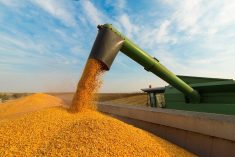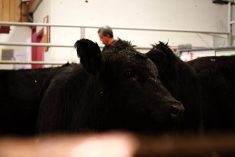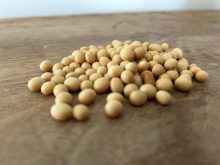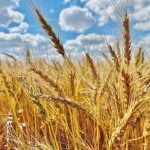Western Canadian yearling prices traded $3 to as much as $8 above week-ago levels while calves were steady to $2 higher. Alberta packers were buying fed cattle in the range of $140-$143, unchanged from week-ago levels; however, a fortuitous $5 bounce in the U.S. fed cattle market bolstered buying enthusiasm for replacements. Feeder cattle futures are reflecting stronger prices for the fall period.
Tighter nearby supplies in the short term exacerbated the desire for ownership. Alberta feedlots were quite aggressive on local yearlings; eastern Canadian demand was evident in Manitoba and Saskatchewan, especially in the lighter weight categories. Markets were well bid from all angles. U.S. feeder cattle prices were US$4-$6 higher as well, which quickly spilled over into Western Canada.
Read Also
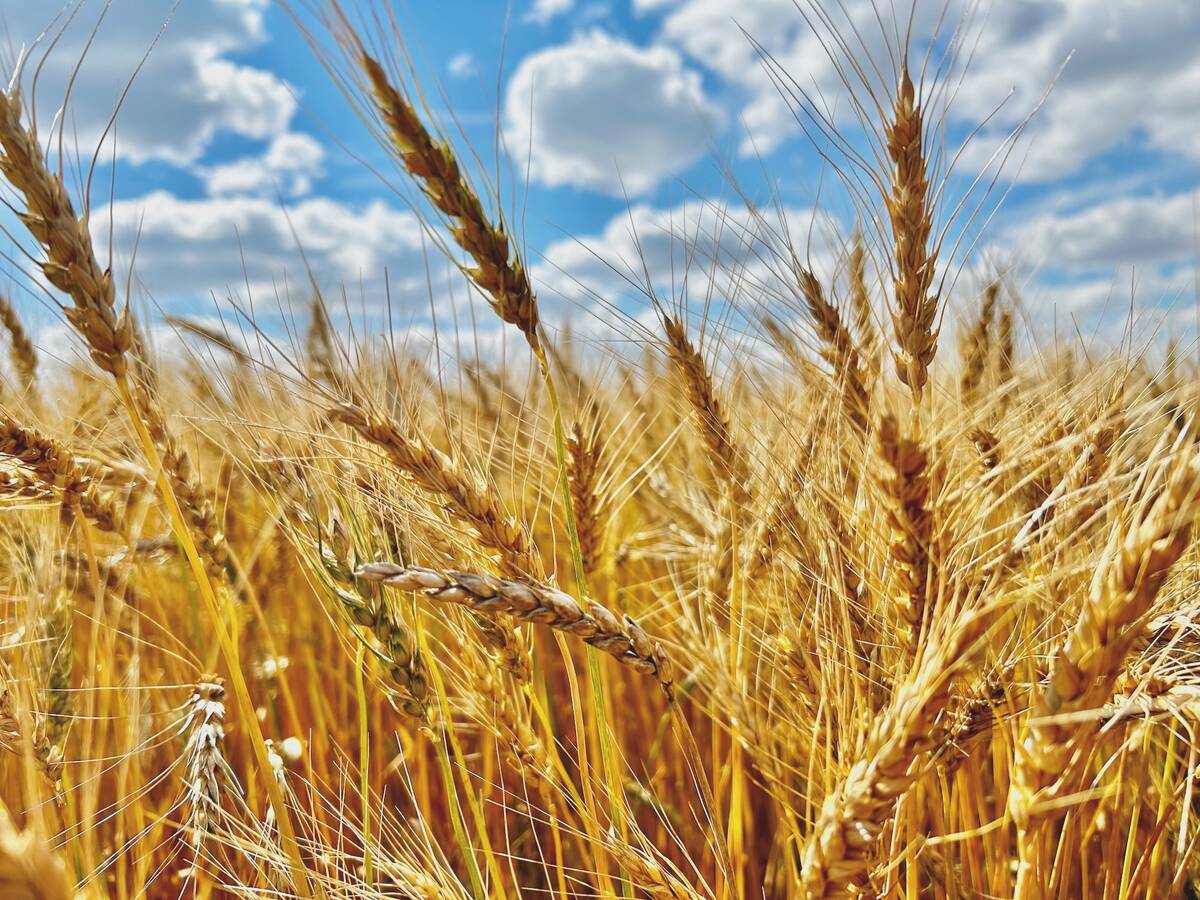
Prairie Wheat Weekly: Western Canadian bids, U.S. futures down
Western Canadian wheat futures were down for the week ended Dec. 9, 2025 due to weaker U.S. futures and a stronger loonie.
In central Alberta, larger-frame black steers averaging 925 lbs. dropped the gavel at $171; similar-quality heifers weighing 920 lbs. were quoted at $158 in the same region. Central Saskatchewan markets experienced minimal slippage off their neighbours. A small group of larger-frame Simmental mixed steers weighing 830 lbs. traded for $185, while medium- to larger-frame fleshier mixed Charolais heifers were quoted at $163.
Calves were very precious last week and buyers were not afraid to show their true intentions. Mixed steers just over 700 lbs. were actively trading from $203 to as high as $210 in Saskatchewan. Steers averaging 500-525 lbs. were quoted from $235 to as high as $238 landed in southern Alberta; however, in southeastern Saskatchewan, mixed steers just over 500 lbs. were very well bid, reaching up to $241.
Recent rains across the Canadian Prairies have enhanced yield prospects for corn, wheat and barley crops. Canadian barley production has potential to finish near 8.6 million tonnes, up from year-ago output of 7.9 million. Canada’s wheat crop could be its second biggest since 2013. Wheat production is estimated at 34.6 million tonnes, up from the 2017 crop of 30 million. There will be a fair amount of wheat moved into feed channels in the upcoming crop year and feedlots are gearing up for sharply lower feed grain prices.
— Jerry Klassen manages the Canadian office of Swiss-based grain trader GAP SA Grains and Produits Ltd. and is president and founder of Resilient Capital, specializing in proprietary commodity futures trading and market analysis. Jerry consults with feedlots on risk management and writes a weekly cattle market commentary. He can be reached at 204-504-8339.




